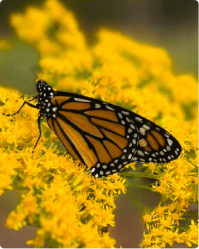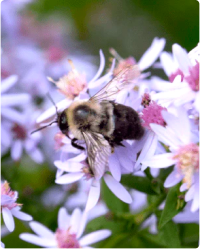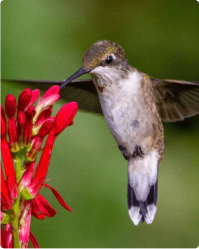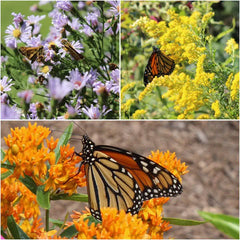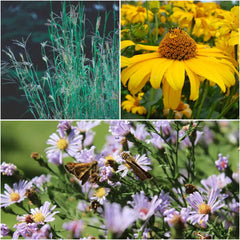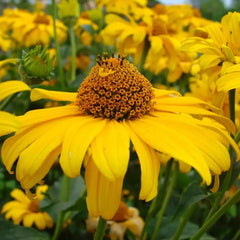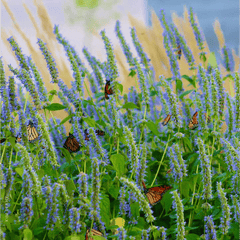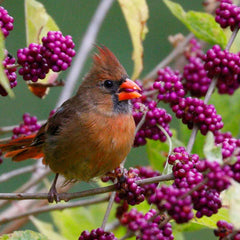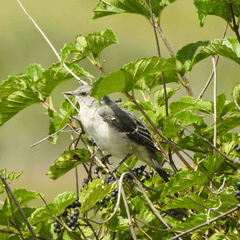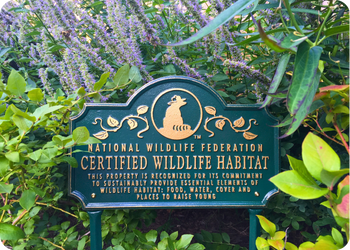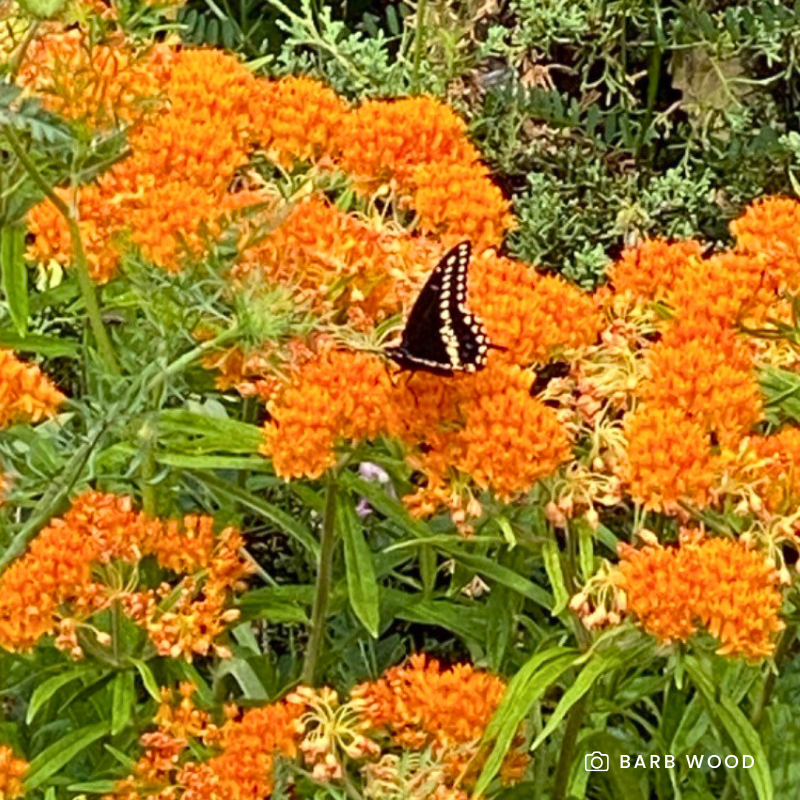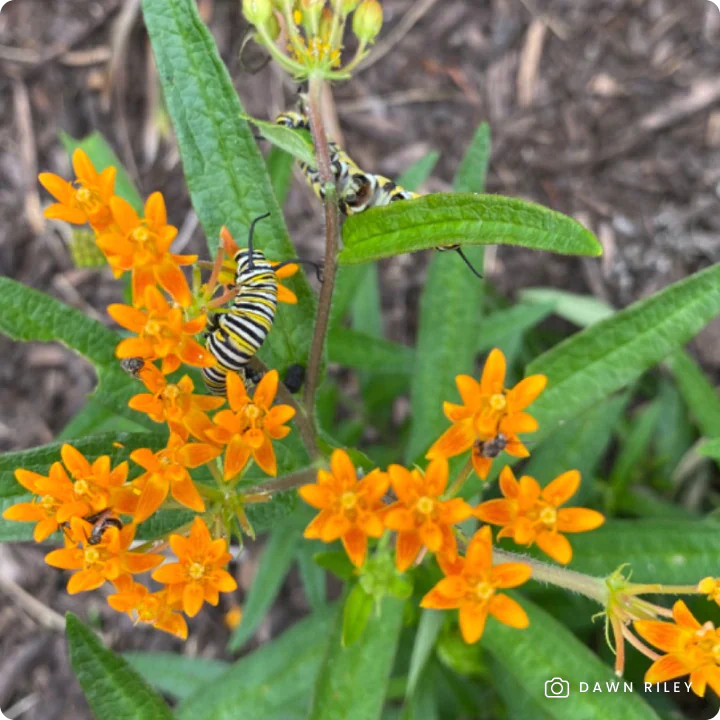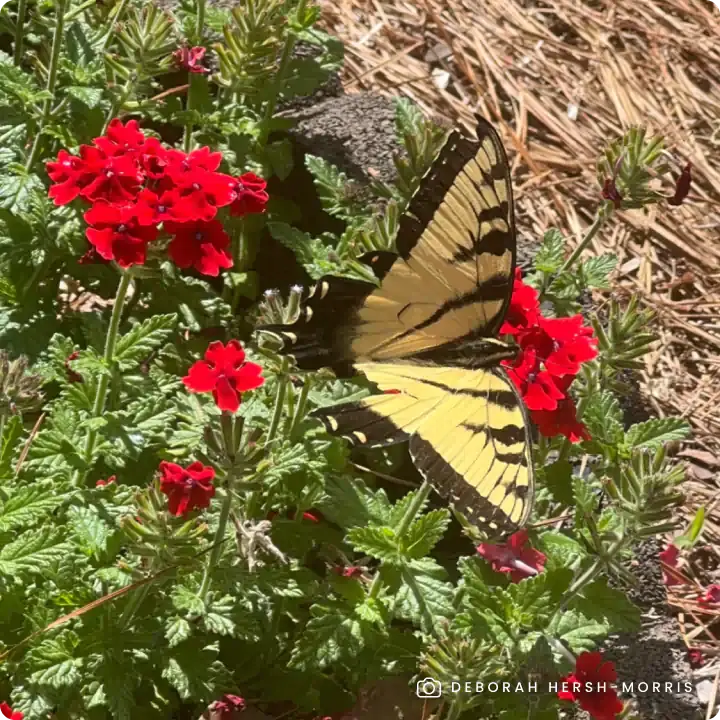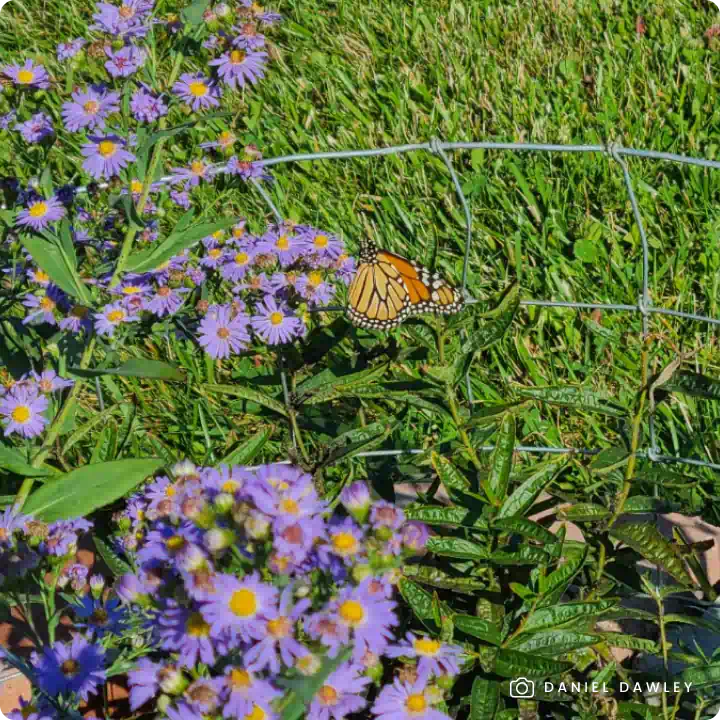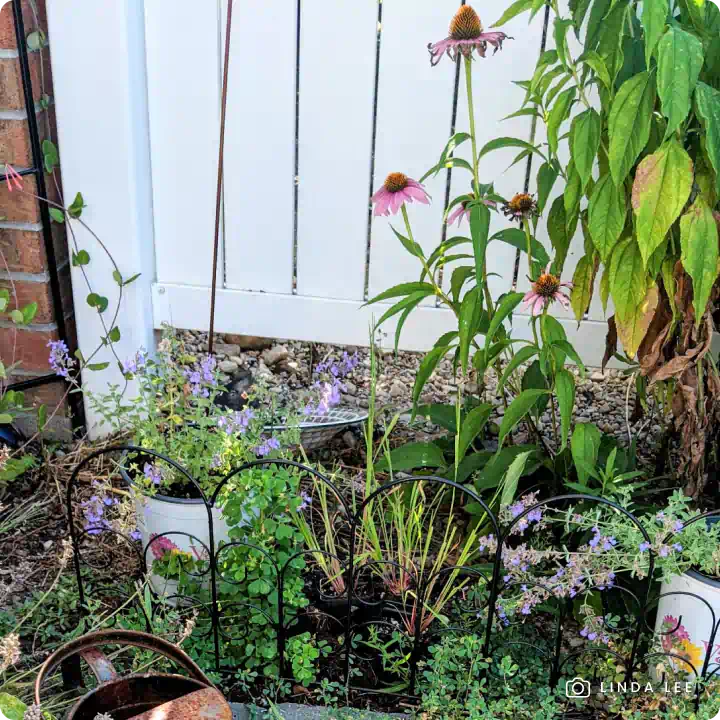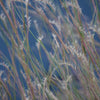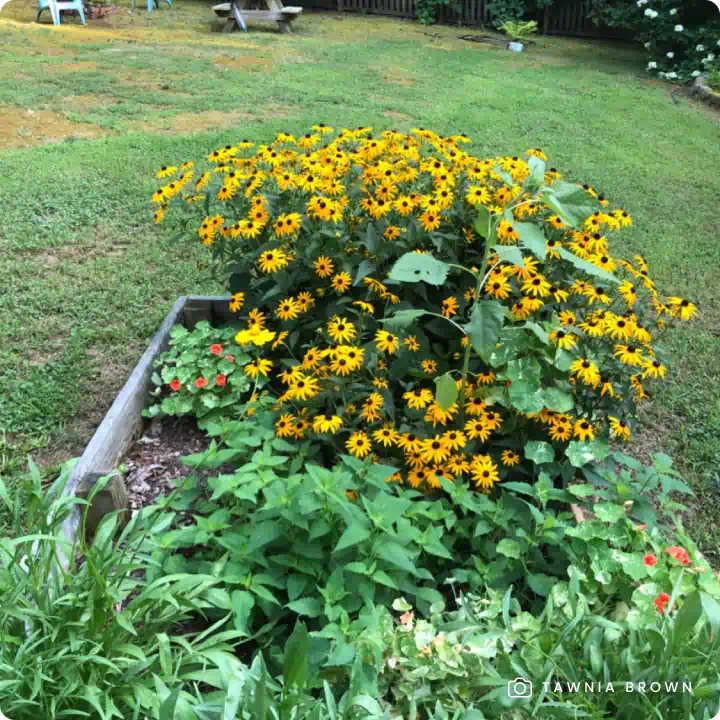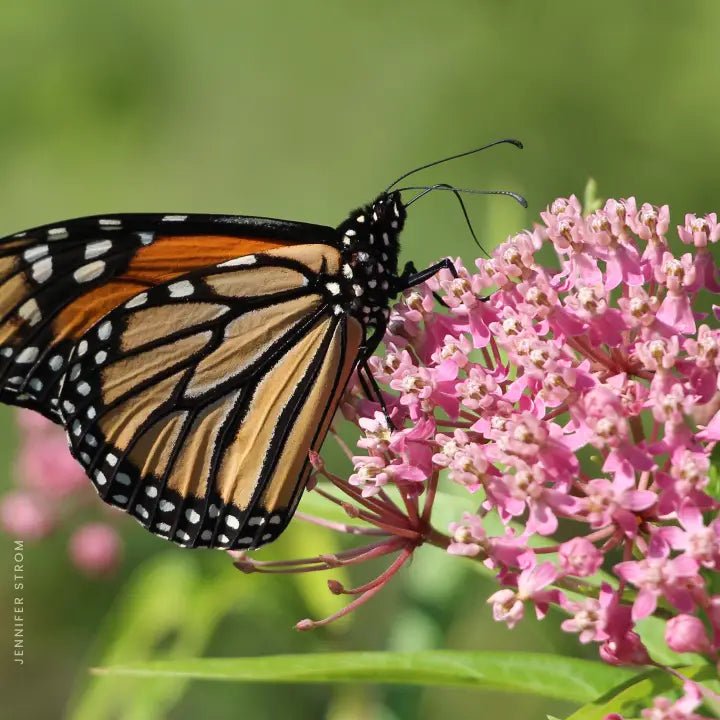False Indigo Shrub (Amorpha fruticosa) is a highly adaptable, deciduous shrub native to North America, valued for its hardiness, ecological benefits, and striking appearance. The towering, deep purple flowers of the false indigo make this shrub a great alternative for gardeners interested in the invasive butterfly bush (Buddleja davidii).
Thriving in diverse conditions, from dry sandy soils to moist, damp areas, the false indigo is a versatile plant that grows 6–12 feet tall, making it ideal for erosion control, windbreaks, and naturalized landscapes.
Key Features:
- Resilient Growth: Adapts to poor, dry soils as well as wet, low-lying areas, offering a solution for challenging sites.
- Striking Blooms: Produces spikes of deep purple flowers accented by golden anthers, creating a dramatic display that attracts pollinators.
- Butterfly Host Plant: Serves as a host for the larvae of species such as the silver-spotted skipper and the southern dogface butterfly, supporting their lifecycle in your garden.
- Erosion Control: Excellent for stabilizing soil in areas prone to erosion, such as streambanks, slopes, or wind-exposed sites.
- Wildlife Support: Nectar-rich flowers attract bees, butterflies, and other pollinators, while its dense growth provides cover and nesting habitat for birds and small animals.
- Low Maintenance: Once established, it requires minimal care and is drought-tolerant, making it perfect for sustainable gardening.
- Eco-Friendly: Grown non-GMO and free of harmful neonicotinoids, promoting a healthy ecosystem for pollinators and wildlife.
Available in one gallon containers.
Why Choose False Indigo Shrub?
False indigo shrub is more than just a hardy plant—it’s an essential ally for restoring ecosystems, preventing soil erosion, and supporting wildlife. Its vibrant flowers and lush, feathery foliage add beauty to functional spaces, while its role as a host plant and pollinator magnet makes it invaluable for environmentally conscious landscapes.
Planting Tips:
- Location: Plant in full sun to part shade with well-drained soil; tolerates a wide range of conditions, from sandy to wet.
- Watering: Water regularly during the first growing season to establish roots. Once established, it is drought-tolerant.
- Maintenance: Minimal care required. If desired, prune in late winter or early spring before new growth begins to shape the shrub and remove any dead or damaged branches.
For more information on planting, view our How to Plant Your Native Plants guide and other planting tips in the Garden for Wildlife Learning Center.
Enhance your landscape with the beauty, resilience, and ecological benefits of the false indigo shrub. Whether you're stabilizing soil, attracting pollinators, or creating a windbreak, this versatile native shrub is an invaluable addition to your garden.
